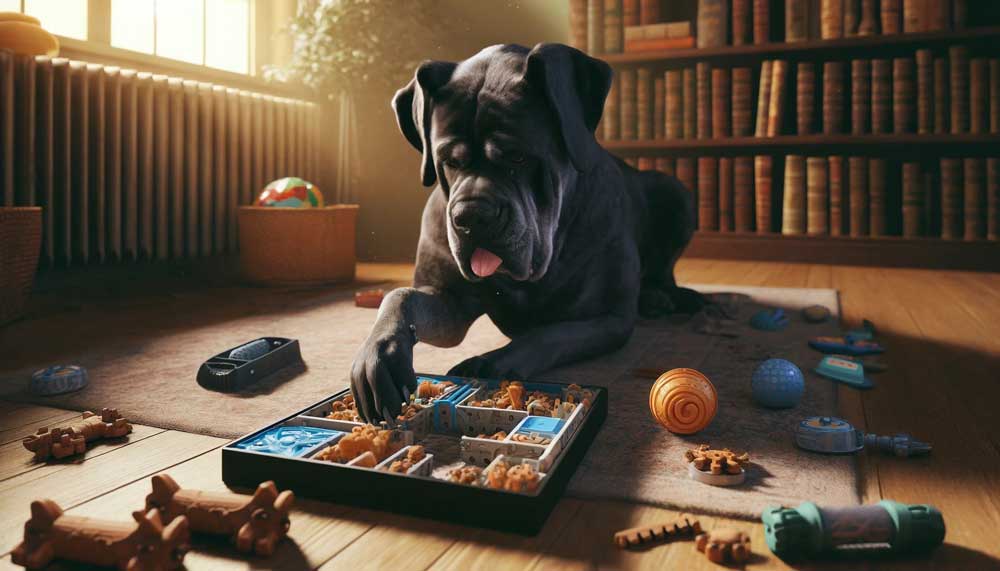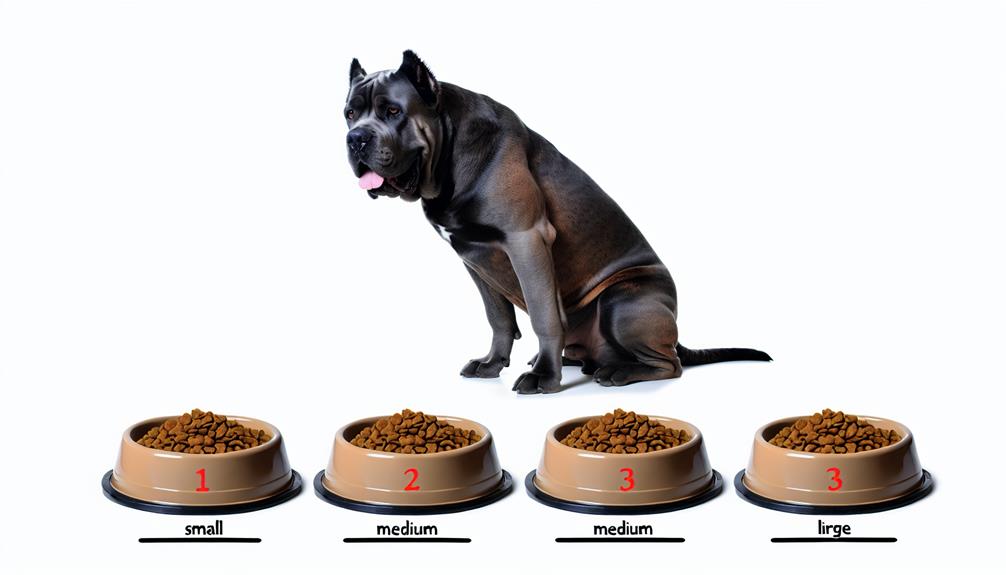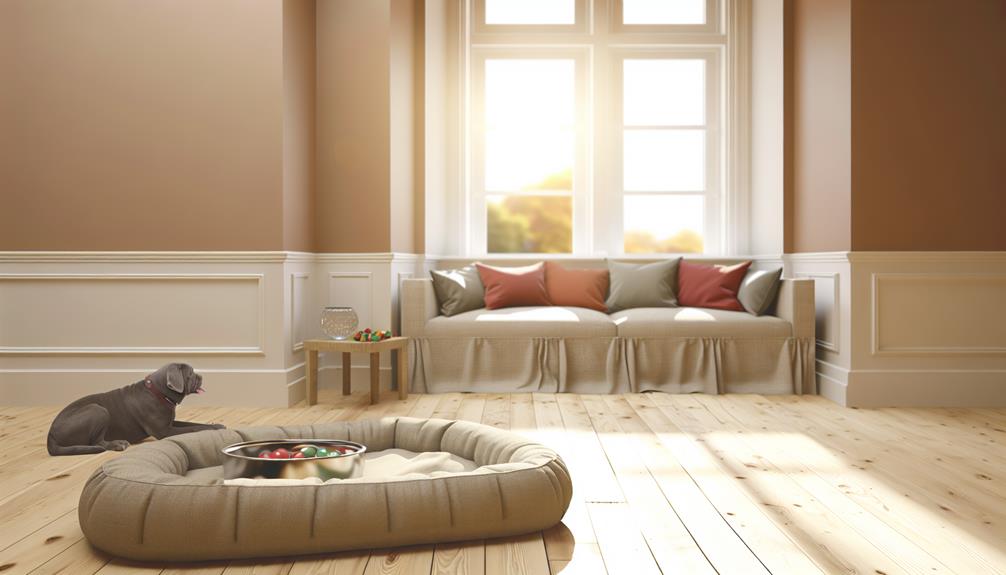If you already have a dog and you want to bring the second one into your family, it’s extremely
important to meet them carefully …
Suddenly, bringing a new dog can cause serious problems that can last forever. Dogs are territorial animals; the resident dog might feel threatened and act very hostile. It’s best to meet dogs in neutral territory (to take them together for a walk and to see their reactions). Neutral territory is not the park where you already take your resident dog for a walk; it’s the place outside your house like a training center, neighbor’s yard or some other ‘new’ place.
If they two get along very well, you should take ‘the new’ dog in a short visit to your house. You should keep both dogs on the leash for a while and to walk them through the house or yard. Let your new family member meet and explore his new environment.
Before the dog visits his new house, you should hide all the toys from both of them and later, when they start to feel relaxed and calm, you should give them some snacks.
Your dogs should meet slowly and carefully. Initially, you should feed them in separate rooms to avoid their aggressive reactions. If your resident dog feels insecure and starts being aggressive, the idea of punishing him is not a good idea at all.
If your resident dog is already appropriately socialized, there shouldn’t be any bigger problems, and they two will surely establish a good relationship. In the beginning, you shouldn’t leave them unattended, and if, despite your efforts, your resident dog doesn’t want to accept the new ‘buddy’ and refuses food, maybe you should consider returning him to the breeder/shelter.
Bringing the second dog into your family should be your definite decision, so you need to be objective and to think twice before making it. The health of your dog should be in the first place.
Only you know his character and nature, and forcing him to live with the second dog and sharing his space can be really stressful. Imagine that you live with someone who annoys you- it wouldn’t be such a great idea. Listen to your dog’s body language, because it will relieve you all his emotions and needs!






